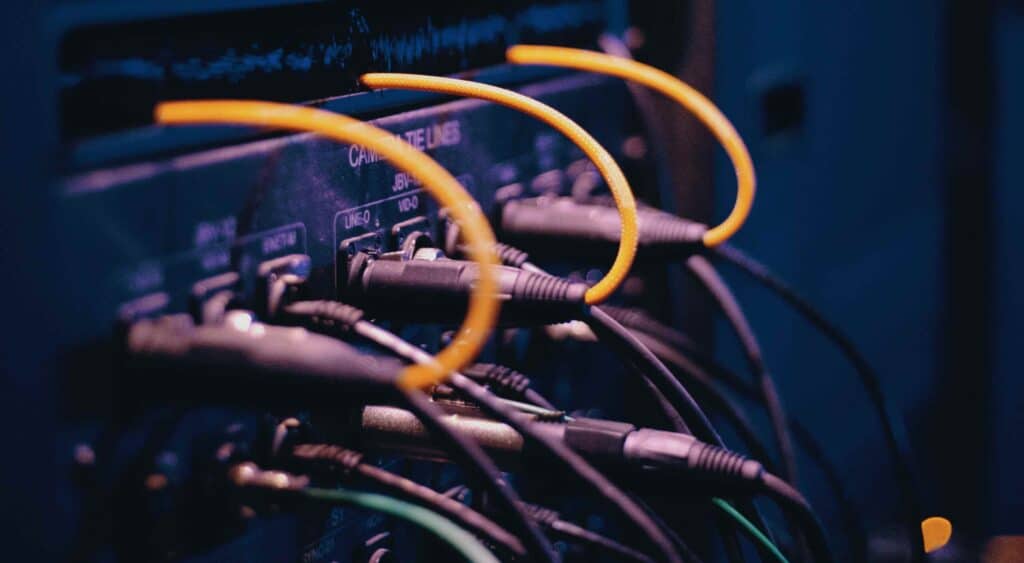We tend not to think about it, but the Internet has a physical dimension. It’s a complex network of wires, cables, servers, and technical odds and ends — if you really want to, you can track it down; doing so is particularly easy on small islands because there tends to be a single cable tethering the region to the wider world.
Those physical cables run all the way to your building, and although an ISP manages them, they are normally rented from public bodies as part of your national infrastructure.
Beyond the physical, international bodies govern protocols like ARP, IEEE, HTTP, NTP, FTP, and others, which control how data is transmitted through the network and keep everything playing nice.
Then, at the other end of the equation, there’s your device. It may be a phone, a tablet, a notebook, a desktop. It’s probably several of these. And because it’s your device, everything on it feels like yours. We tend to think of it as our method of accessing the Internet instead of being part of the Internet — in reality, it’s both.
On your device, the software you use to access the Internet is your browser. For 65% of people, that’s Chrome. Even if you’re reading this on Edge, it’s created with the Blink engine, an extension of Chromium, which is the basis for Chrome. In fact, almost every browser is built using a variation of Chromium, except those on Apple devices that require Apple’s own WebKit to be used instead.
Chromium is ostensibly open-source. WebKit is not, but both are geared towards their primary contributors’ business goals; neither Chromium nor WebKit will make a change that negatively impacts Alphabet or Apple.
Your browser is just a copy of a pre-compiled set of source files sat in a Git repo somewhere. You may have installed a few plugins in your browser. You may have bookmarked a few pages. You’ve probably moved it to your dock or your home screen. Those features are just nice add-ons for the GUI; what really matters is what decisions are made about how to render web technologies.
Imagine a world in which every single car used the same mid-range Ford engine. Add in a stereo, and paint it any color you like, you can even pick your own tires, but under the hood, it has to be that mid-range Ford engine. And the only justification is that it’s too much work to create an alternative.
The 2020s are going to be a time of enormous change. You can smell the panic in traditional banking sectors every time Cryptocurrency is mentioned. Real estate billionaires are desperately trying to get us back into offices we don’t want to return to. And yes, I’m sorry, but the climate crisis is looming, and it will force our hand. The values of a whole generation have been rapidly reassessed. Innovation and the potential for innovation are rife, except, ironically, on the Internet, where we’re still chugging away with the mid-range Ford engine under the hood.
The web has reached the point at which the browser engines we choose define real-world infrastructure. There’s a fork in the road: either browser engines are part of an infrastructure that should be rationalized into a single browser protocol, or alternative browser engines need to be nurtured, encouraged, and accessible by choice.
Featured image via Pexels.
